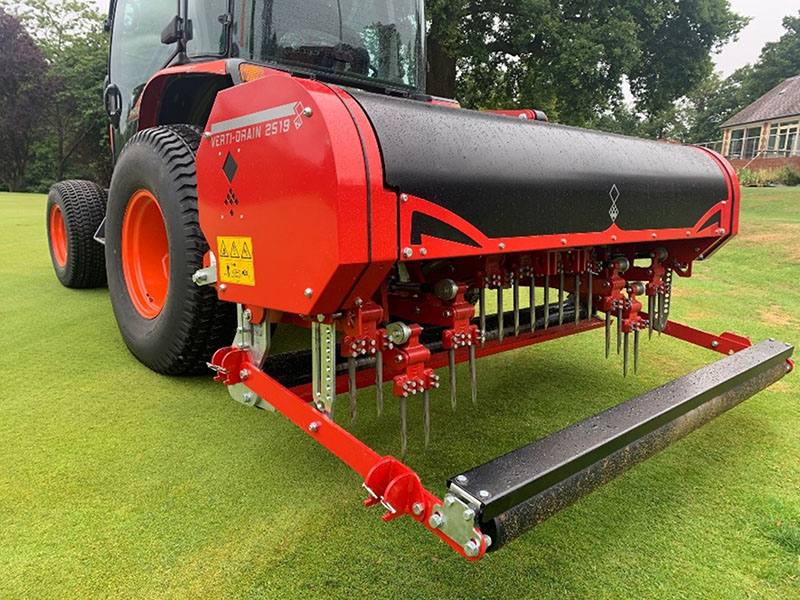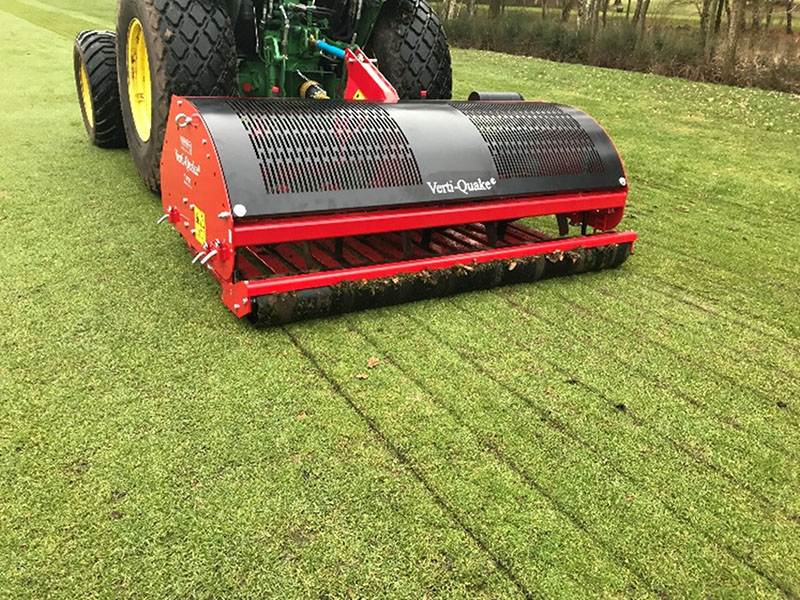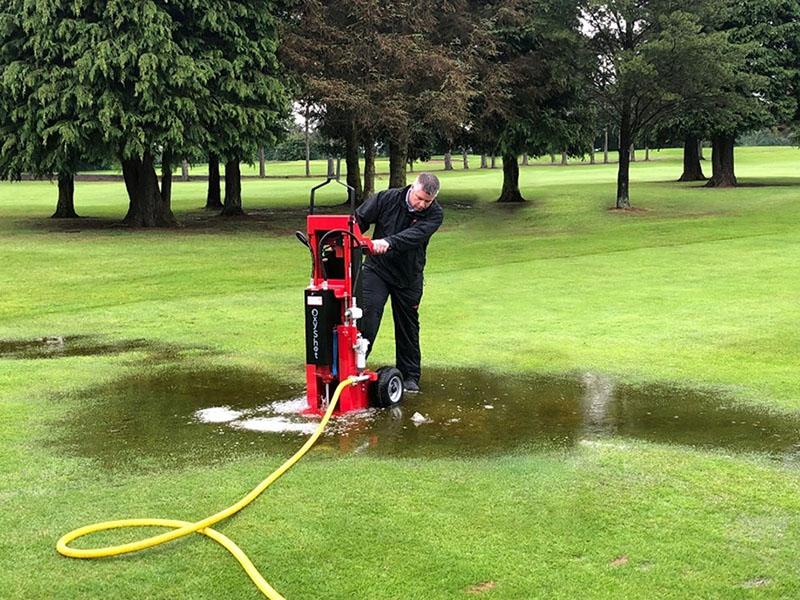The importance of winter greens aeration
The importance of winter greens aeration
Following a year where play and wear patterns were anything but normal, restrictions around maintenance and the subsequent pressure on greens staff may have also impacted on how, and when, typical maintenance activities such as aeration have taken place. Now into the winter months and dealing with possible implications of reduced surface agitation from last season, Nick Darking explores the topic of winter greens aeration and how taking action now can put courses in the best position for the spring.
Aeration is now widely considered to be a year-round operation. The benefits of conducting aeration frequently are well documented, however, this can come at the cost of complaints from players at the disruption this can cause to the surfaces. Current circumstances considered, the act of balancing the requirements of the course with the expectations of the members has arguably never been tougher. So where does this leave us with conducting aeration through the winter? Put very simply, if you can, then you should! But with certain caveats…
The first thing to consider is a greens construction, profile and sward composition. Clay-based greens for example will be less forgiving than sand-based, providing more opportunity for aeration to take place without causing damage to the playing surface. Aerating heavy clay soils, especially when saturated, will often leave tine holes that will fill with water providing no benefit to the surface, if anything often compounding compaction problems due to the weight of the unit used to perform the operation.
To achieve the desired fracturing and fissuring deeper down in the profile, soil should ideally be reasonably dry to benefit from the tine heave – creating the all-important network of fissures that is so vital for root formation and drainage. When conditions allow, utilising a lighter weight aerator such as the Verti-Drain 7316, fitted with 12mm tines, should ensure surfaces remain playable and free from puddling.

Time is another factor to consider, not just to capitalise on any potential weather windows, but to complete the task quickly and effectively to free greens staff up to perform the array of other tasks required to prepare the course for the next season. The new Redexim high-speed Verti-Drain 2519 combines a 1.9m working width with a variable working depth of up to 250mm (10”) and can accept a range of tine options including 12mm and 19mm solid tines, as well as hollow tines for coring. This versatility makes it a popular choice with greenkeepers, looking for a machine suitable for year-round operation.
Alternatively, linear aerators, like the Redexim Verti-Quake create channels for water and moisture to travel through the soil and link up with Verti-Drain and air injection work conducted in the previous year. The unique wave action shatters soil laterally, allowing for almost zero surface disruption meaning the turf can accommodate play almost immediately.
The weight of the machine chosen should also be considered, particularly when working on bent and fescue dominated greens if the ingress of Poa annua is to be avoided. A true opportunist, Poa can take advantage of any bare soil or damage caused by aeration and take hold – and while this should be less of a concern, recent warmer conditions experienced through the winter months mean that caution to avoid surface disruption, as ever, should be exercised.

Employing different types of aeration are key to a healthy sward but varying the working depths at which it is conducted is equally important. If aeration is carried out at the same depths over long periods a pan-layer can ensue, which can cause a myriad of problems including flooding, black layer and compaction as air pockets close. During the winter months, deep aeration to say 12” or 14” during any relatively dry periods will help to keep surfaces playable, combined with shallower forms of aeration to keep the upper profile permeable.

If ground conditions are such that tractor mounted implements cannot be used effectively or safely, or indeed standing water/flooding have occurred, this could be the time to consider targeted, air-injection treatments. Machines such as the Oxy-Shot can often penetrate deeper than traditional forms of aeration, helping to alleviate compaction and/or shatter any pan-layers that may be causing the problems higher in the profile.
The Oxy-Shot uses a single 25mm probe to inject air into the soil in four directions, at a pressure of up to 110psi and to a maximum depth of 500mm (20”). It can also be fitted with an optional 14mm probe, to reduce the working depth to 250mm. Its compact, maneuverable nature makes it ideal for spot treatments on greens, together with high footfall areas including surrounds, walkways, and bunkers.
Any work that can be conducted safely during these difficult winter months can help to ensure greens emerge healthy and strong, with a profile that allows free movement of air and nutrients to maximise the efficacy of operations and treatments come the start of the new growing season.